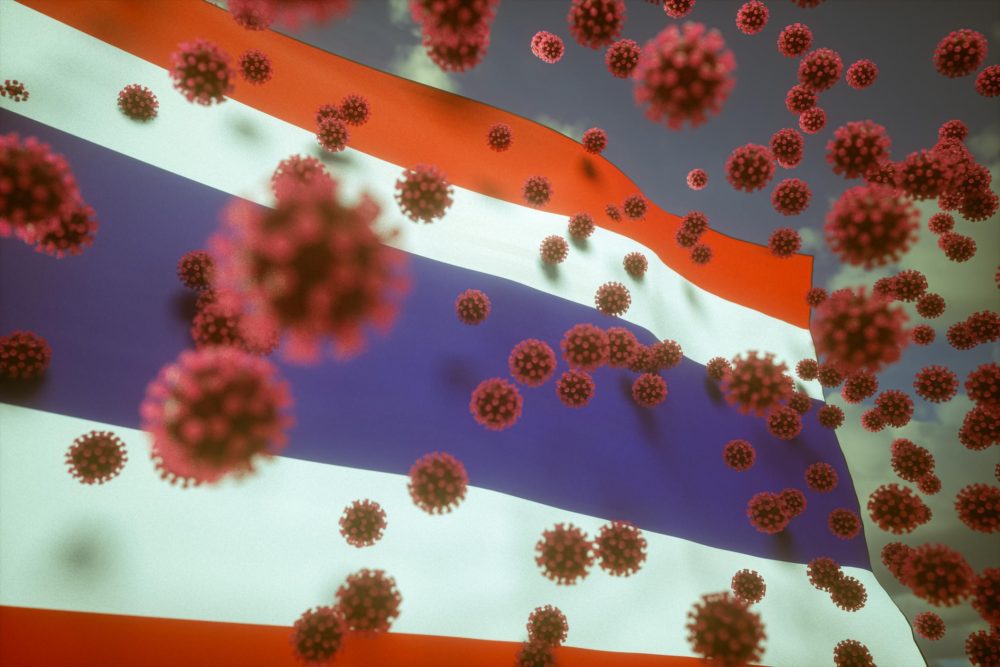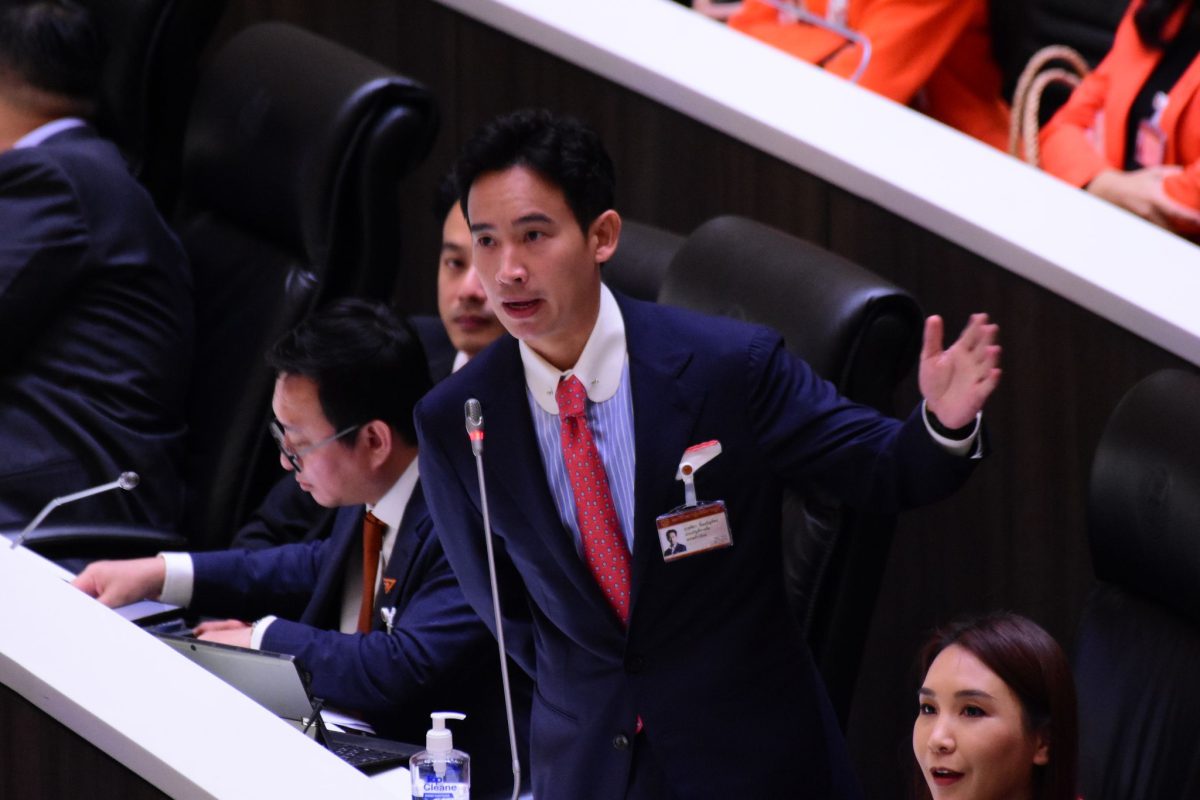
Image credit istock.com/4X-image
By Anthony C. Kuster, Faculty of Public Health, Khon Kaen University
The rapid spread of the novel coronavirus that causes COVID-19, officially known as SARS-CoV-2, has upended life and challenged governments across the world. As of March 18, global confirmed cases have exceeded 200,000, spread across more than 167 countries and territories.
Yet, the experience has not been the same for every country. Much of Europe and the United States have seen exponential growth in the number of cases, a staggering number of deaths, and draconian measures to stem the spread.
Despite having substantial connections to mainland China where the outbreak began, nearby Singapore, Hong Kong, Taiwan, and South Korea have not yet shared the same fate. Only South Korea has reported more than 300 cases, but more than half of the cases there are tied to a single cluster. None in this group have seen the rapid and exponential growth associated with what epidemiologists called widespread community spread, despite the presence of the virus there for nearly two months.
Any country, including Thailand, where widespread community spread has not yet established itself should be asking two questions: Why have cases and deaths remained so low in Singapore, Hong Kong, Taiwan, and South Korea? And, what can we learn from them?
Scientific studies and journalistic reporting have pointed to five critical strategies found in these places: testing is accessible and rapid; contact tracing (i.e., identifying people who may have come into contact with an infected individual) is meticulous; details of their home, work, and recent travels are quickly publicized; screening and travel restrictions to at-risk areas are proactively implemented before cases were imported; and data is reported transparently with consistent public messaging. Let’s call the summation of these strategies, “Plan A.”
We know Plan A works. Studies have shown that early case identification and isolation are more effective than travel restrictions and that early action can substantially reduce the spread of the virus. Experience in these countries confirms the research. However, any delay or hesitation in implementing these measures can have irreversible ramifications. It only takes a small number of cases to be imported to a community for an outbreak to become established. Once past a tipping point, Plan A is no longer effective. Plan B, including draconian travel restrictions and strict closures of public spaces, becomes the only alternative to stem the spread.
Sadly, Europe and the US missed their opportunities to enact Plan A. What about Thailand, though? Do Thailand’s COVID-19 policies reflect the lessons learned from other countries’ experiences, or are we headed for the same fate as Italy?
1) Testing. Testing can be free for some people. However, for most people, if you elect to test, you must pay out-of-pocket. And prices can be high. Moreover, the requirements to have an “epidemiological risk factor,” such as recent travel abroad to a limited number of countries, and symptoms requiring hospitalization, means that few qualify for testing.
On top of that, testing capacity is still limited. Until recently, Thailand could process 200 specimens per day. With two to three specimens per person, that equates to a capacity of less than 100 people per day.
Finally, testing is slow. To be “confirmed,” two labs must independently verify results, wasting precious time. Combined, these barriers render testing inaccessible, resulting in a very low number of people tested. While South Korea has tested nearly 300,000, it is likely Thailand has only tested around 5,000. It is hard to know, though, since such data is not regularly reported (more on this further down).
2) Contact Tracing. Once someone is suspected as positive (not confirmed), contact tracing must start immediately. Contact tracing involves collecting information from the infected individual about where they have eaten, shopped, or exercised in the recent days. Based on the answers, tracers reach out to close contacts and managers at airlines, restaurants, or shopping centers where the patient might have had contact with others.
In Thailand, contact tracing is executed. However, the delay in reporting case details by the Ministry of Public Health suggests the process is slower than in Singapore.
3) Publicizing Case Details. Once case details are collected, they should be publicized immediately to alert the public.
However, in initial reports of cases by the Ministry of Public Health, details are often shrouded in secrecy. Lately, situation reports from the Ministry of Public Health have given decreasingly less details about cases, typically lumping groups of people into vague categories, such as “worked around tourists.” The next day details including the age, nationality, location, and exposure source of individual cases are given, but at this point, it serves little purpose in preventing further spread.
In a fitting example, a celebrity recently tested positive. Appropriately, he took responsibility and personally publicized his recent travel details, quickly alerting others to his whereabouts. In return, the government threatened charging him with violating the Computer Crime Act.
4) Proactive Screening. Thailand has been and still is reluctant to impose travel restrictions due to the outsize role of tourism in the economy. At the beginning of the outbreak, official government policy was to “welcome the Chinese,” despite other countries imposing restrictions. Only on March 18 did Suvarnabhumi Airport begin temperature screening of all passengers. This is not proactive.
5) Transparency and Consistency. Sadly, the current government administration lacked widespread public support prior to the outbreak, and its efforts to address the pandemic have not embraced transparency nor mobilized public support.
In fact, student groups have been protesting the government in mass gatherings, risking further spread. Without transparency, most of us are left chasing rumors and gossip passed through messaging apps and social media.
So what does the future hold for Thailand?
Sadly, based on the similar playbook being used as was used in Europe and the US at the onset of major local clusters, it appears we’re soon about to miss our chance to enact Plan A.
In fact, it may be too late. The large number of Persons Under Investigation (PUIs) in Thailand due to influenza-like illnesses likely reflects widespread outbreak of COVID-19 is already underway. Data in France has demonstrated that the increase in influenza-like illnesses is highly correlated with COVID-19 and likely due to undiagnosed infections.
Further supporting this possibility, local transmission and clusters from mass spreading events have quickly increased confirmed cases from 82 to 212 in four days. Yet, because of the ability of the virus to spread in pre-symptomatic and asymptomatic individuals, these cases represent only a fraction of those spreading the virus. It is likely that in two weeks, we will be where the US and UK are now.
The only option will be mass lockdown. We’ve already seen schools closed and one province imposing a “lockdown.” Without a change in course, we will soon be left with only Plan B.
I just wish the Thai government would instead give Plan A a chance: remove limitations on free testing; report presumptive positive cases (as well as total number of people tested); publicize recent travel details of cases; increase airport screening efforts; be open and transparent to earn the public’s trust.
Note: The views expressed on The Isaan Record website are the views of the authors. They do not represent the views of the organization, its editorial team or any of its partner organizations.





